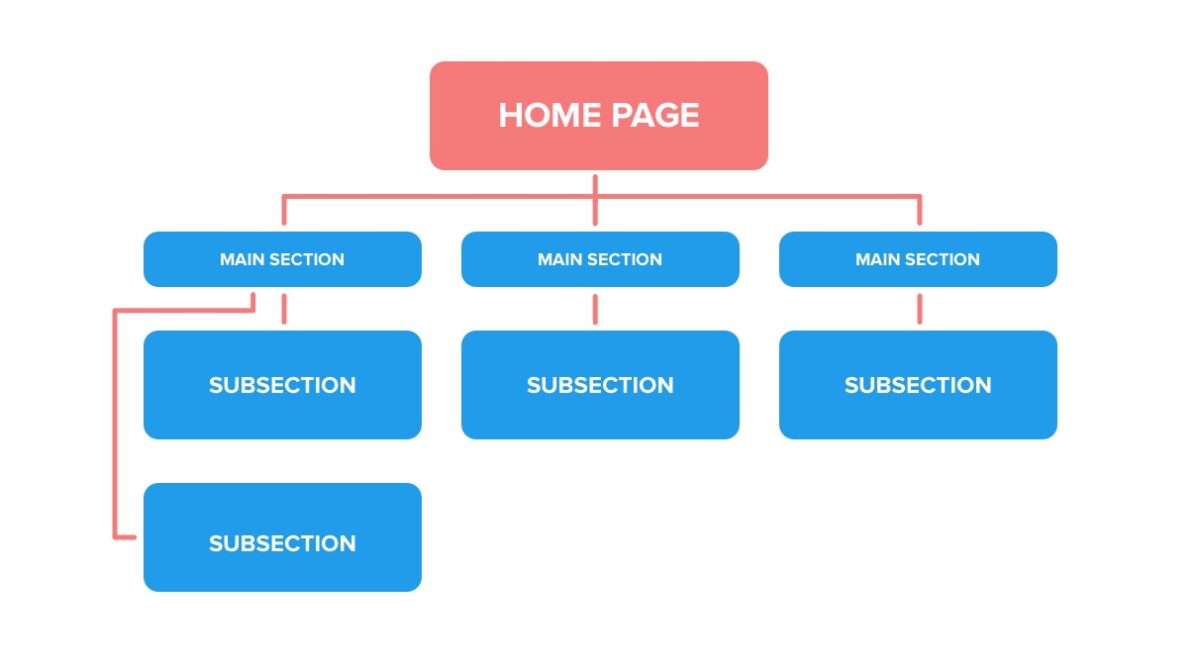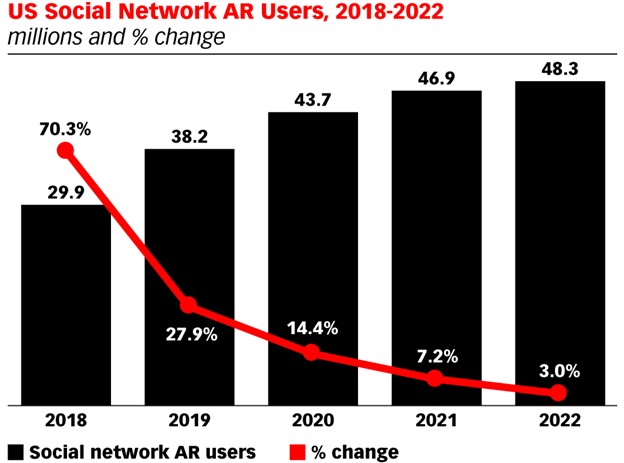Did you know that in the first half of 2020, the data breaches accounted for 36 billion records!?
Well, that reflects the concern one should have for data security. Security is a must-include feature in UX design. However, it is a challenging task to balance security and design.
Challenges in UX design with Security
UX design and security should build trust among the users. Security flaws fail to win the trust of the user. Thus, it hinders customer engagement.
Each code should ensure data privacy and security. In the digital world, users have to share their personal data for products. This exchange through websites or mobile applications should adhere to integrity.
Most businesses are migrating to cloud platforms. Hence, data safety is very important. A good UX design may either make or ruin a brand. Many organizations have broken down due to failed security strategies. Businesses should not be made to choose between a superior interface design or security.
A study reflects that 75% of organizations lack security and hence are prone to cyber-attacks. So, let us take a look at the ways to improve security without hindering the UX design.
Before going out, we make sure that the house is locked properly, right? After all, it is a place for all our properties. It must be secured properly. Similarly, it is necessary to ensure sensitive or personal data entered into digital devices are safe. Ensure proper security protocols for all digital assets of your devices.
A good UX design should have an ideal interface. Besides, it must safeguard the private information of the user. It is necessary to break the myth that a secure UX will be difficult to use. UX designers have to balance between technical demands and meet the user needs too.
The role of a designer
UX designers play the role of interpreters. They should understand the technical requirements and deliver them to users in a friendly manner. It is the responsibility of the UX designer to focus on simplicity or sophisticated security according to the web or mobile application needs.
UX designers must pay attention to the expectations of the user and understand user behaviors. Generally, users will have limited knowledge about digital security. Hence, the designer must anticipate the risks that the user might face. The sooner identification of risks, the better the design process.
The designers should also heed to stakeholders such as HIPAA or PCI DSS. One should incorporate the inputs of the stakeholders in the early stages of design. Delay in it or ignorance heightens the risk levels.
Product Security Design Methods
Encryption
Encryption is a method wherein sensitive information is converted into a code. Some apps are a platform to communicate and exchange calls, texts, images, and videos. Some also provide document-sharing features. These digital products need end-to-end encryption. The best example of this is WhatsApp.
The encryption feature ensures only the users involved in the conversation will have access to the data shared. Thus, neither the company that developed the app nor the government or data criminals can access the content.
The encryption gives the user a sense of protectiveness. Thus, it helps to win and extend the trust.
Authentication
Authentication ensures that only the account owner logs in. All others are denied access. Authentication helps to check against unauthorized access to digital products. Additional security can be ensured by adding two-factor authentication.
The authentication design includes features such as usernames and passwords. It should be properly tested during the early process. On the other hand, two-factor authentication includes a username and password along with a log-in code. This log-in code can either be sent to a mobile number or email id.
Users prefer minimal fuss. Users may find time-consuming tasks annoying. Hence, collect minimal data and prioritize single login. Opt for link authentication. Enable email invites that just need a click to join. CAPTCHA may hinder UX too. Look out for alternatives or make it less cumbersome.
Data Privacy
Data privacy is at the core of ethical consideration for both UX designers and businesses. Users exchange the data with a digital product with trust. They expect that the product will ensure the integrity of the data. Moreover, the user trusts the app is free of data attacks. It is the responsibility of the designers and developers to meet the suitable requirements for the same.
Easy Sign-ins
The authentication should not merely force the users to create a strong password. Rather, it should inform the users about the benefits of having strong passwords. Instead of ordering the user to create a password using lowercase and uppercase letters along with a special character, it should be a friendly persuasion.
Just try saying, “You need a stronger password. Click here to know the importance.”
Make the micro-copy simple for the users to understand the necessity of privacy. Give a straightforward explanation in the common man’s words. Do not forget to encourage them to opt for secure selections.
Removal of Unnecessary Security Measures
Overloading security measures hinder user experience. To incorporate all stakeholders, a designer will have to consult developers as well as cybersecurity experts. Cybersecurity professionals can sensitize the designers to the latest security strategies and tools.
Taking the advice of security professionals is good. However, overdoing security measures may constraint the design and UX effectiveness. Messages such as, “Your internet connection isn’t secure” may be vague. Thus, your user might lookout for some other digital product. Over-complicated digital security may hinder the user in accomplishing the desired tasks.
Did you know? Designers also need Digital Security!
A lot of effort goes into adhering to digital security. Negligence can result in vulnerability. Further, it hinders the integrity of the product as well as the designers.
Numerous design artifacts are used to create a product from multiple parties. The cloud-based designed tools are utilized for the same. If a designer fails to ensure precautions, they may fall prey to attackers. As a designer, never miss to prevent loose ends to guard the work as well as communications.
The Key Takeaway
We often come across cybercrimes. Personal data is at stake. Digital products are designed for customers or users. Hence, it is necessary to make sure that the user is not at risk of a data leak. The UX designers play a great role in implementing and improving the security features of an application. Make security meaningful with a better UX. Ensure transparency and let your user know what is the data used for.
Get a good UX that changes the fate of your digital product as well as your business. Get an easy and enjoyable UX that does not compromise on security. Remain creative and fix all the security issues with an avant-garde UX design company.
- The Role of Color in UX Design - September 8, 2021
- Balancing UX with Security - July 27, 2021
![]() Give feedback about this article
Give feedback about this article
Were sorry to hear about that, give us a chance to improve.
Error: Contact form not found.




